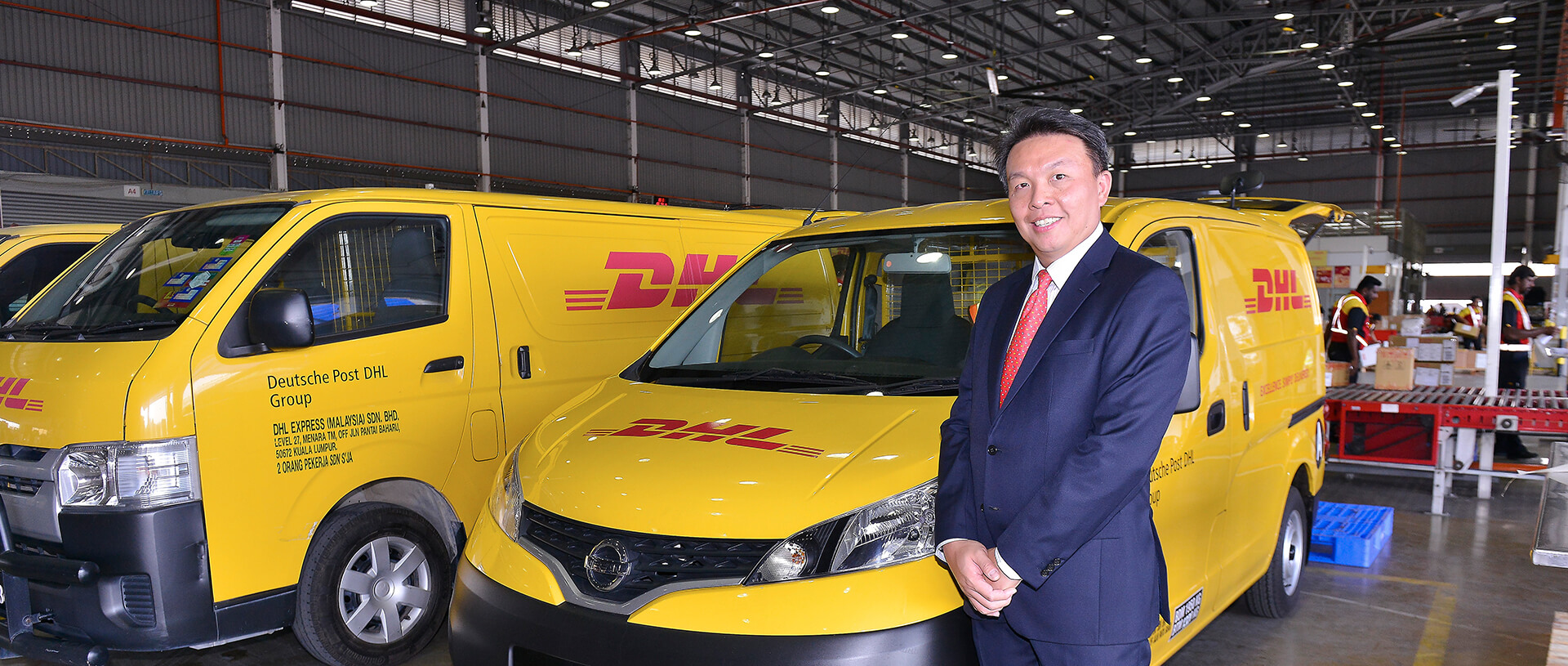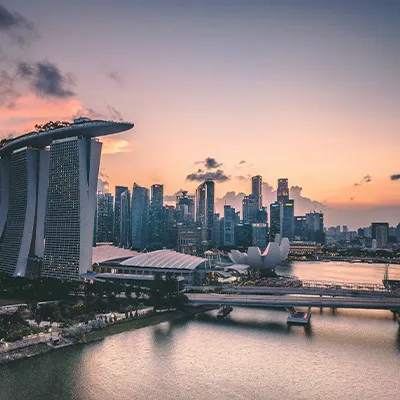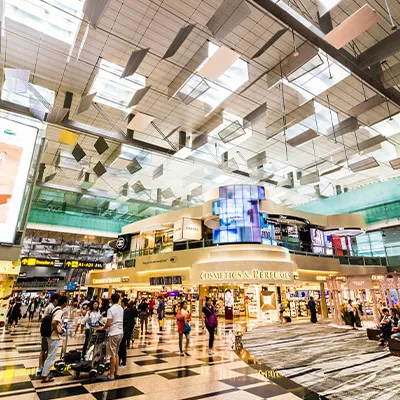By Christopher Ong, Managing Director, DHL Express Singapore
When the first of the 14 Boeing 777 freighters DHL Express purchased began to come online last year, the timing could not have been more serendipitous. Covid-19 – which was just around the corner – would soon wreak logistics havoc, severely affecting commercial routes and restricting pilot movement.
Boosted by these new planes, DHL’s dedicated fleet has been able to enhance our access to destinations in Asia and Australia, as well as to the United States and Europe. It has meant fewer and shorter delays than would have otherwise been possible, thereby helping to keep companies and economies running. In the midst of an unprecedented health crisis, it has also meant being able to get shipments of personal protective equipment and medical supplies to those who need them most.
Covid-19 is, first and foremost, a humanitarian tragedy, the cost of which will not be clear for some time yet. Beyond the enormous humanitarian toll, it has also laid bare vulnerabilities in our existing systems – including the traditional supply chains we rely on. China being brought to a standstill in the early days of Covid-19 is a case in point.
Suddenly, the world’s access to critical medical supplies, test kits, and PPEs were cut off, accelerating a rethink of supply chains already triggered by trade tensions between US and China. Compared to historical crises, this pandemic is at once a demand and supply-side shock, impacting all countries indiscriminately, and at the same time.
Prior to the pandemic, the dispute between the world’s two largest economies had prompted a global shift towards greater diversity in supplier bases, transport routes and warehouse locations, and highlighted the need to create buffers against supply chain shocks.
The move towards greater self-reliance or at least shorter supply chains intensified with Covid-19 due to lockdowns across the globe. Cost has been knocked off the top of the list of business considerations, with the need for resilience, reliability and buffering against risks assuming greater importance. As revealed in a recent DHL white paper on post-coronavirus supply chain recovery, depending on the sector, strategies have ranged from reshoring and localisation to regionalisation and diversification.
This was something DHL recognised early on. Since 2018, we have been actively enhancing our systems and digital capabilities. From contactless payments to an On-Demand Delivery platform, we made necessary adjustments and technological provisions to offer our customers multiple delivery options in line with our Strategy 2025 vision of “Delivering Excellence in a Digital World”.
When Singapore moved into its Circuit Breaker phase, these solutions were stress-tested and proved to be strategically sound moves that gave us a head start in ensuring business continuity. Aided by the government’s technology-enabled initiatives, like Safe Entry and Trace Together, we were also able to keep our staff employed – and safe.







